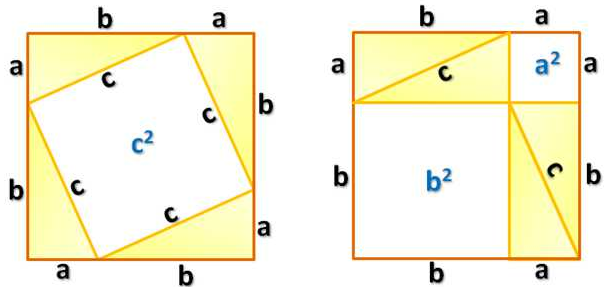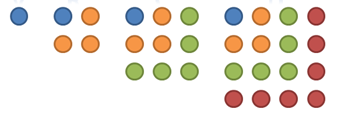Mathematical Proofs Galore
I have written quite a number of articles on mathematical proofs, so I want to summarize them in this post. Most of these proofs are high school level, so students who are mathematically inclined are encouraged to read them.
Proof Basics
- Introduction to Mathematical Proofs
- Proof Tutorial 2: Proving the Irrationality of Square Root of 2 by Contradiction
- More examples of Proof by Contradiction
- Proof by Contradiction: Knights and Liars
Geometry
- Angle Sum of Polygons
- Why is the angle sum of the interior angles of a triangle equal to 180 degrees?
- A US President’s Proof of the Pythagorean Theorem
- Using Similarity to Prove the Pythagorean Theorem
- The Algebraic and Geometric Proofs of Pythagorean Theorem
Trigonometry
Number Theory
- Proof of the Sum of Square Numbers
- A Simple Proof of the Arithmetic Mean Geometric Mean Inequality
- Another Proof of the Sum of the First n Positive Integers
- Prime Series 3: Proof of the Infinitude of Primes
- Proof that log 2 is irrational
Calculus
I will update this list every time I have written proof-related posts, so you may want to book mark this post.


